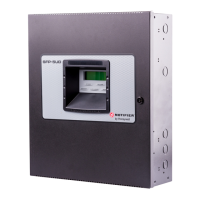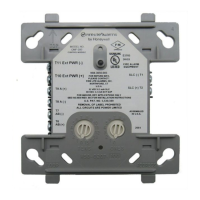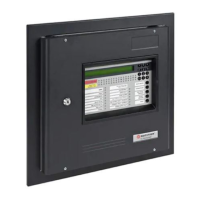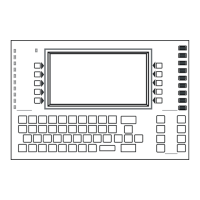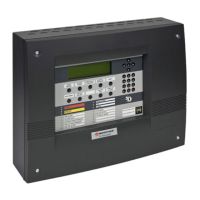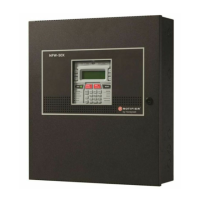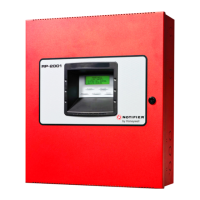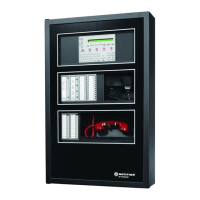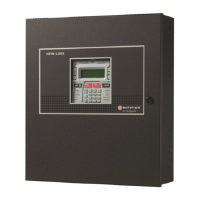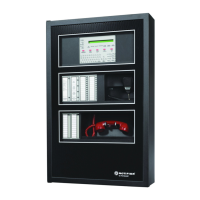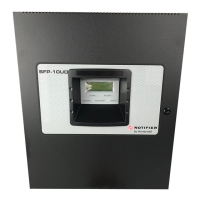
Do you have a question about the Honeywell NOTIFIER SFP-10UD Series and is the answer not in the manual?
| Model | SFP-10UD Series |
|---|---|
| Number of Zones | 10 |
| Max Current Draw | 3.0 A |
| Operating Temperature Range | 32°F to 120°F (0°C to 49°C) |
| Type | Control Panel |
| Output Current | 3.0 A |
| Standby Current | 150 mA |
| Operating Voltage | 24 VDC |
| Humidity Range | 10% to 93% noncondensing |
| Compatibility | Compatible with Notifier devices |
Discusses general limitations of fire alarm systems and their inability to substitute for fire insurance.
Critical warnings and advice for ensuring proper and safe installation practices.
Highlights the key features and capabilities of the SFP-5UD and SFP-10UD panels.
Details technical specifications for power, battery, and system components.
Explains the LCD display, key panel, and LED indicators for system status.
Covers the integral DACT, telephone connections, and necessary requirements.
Lists and describes available modules for expanding system functionality.
Step-by-step guide for mounting the FACP cabinet and chassis assembly.
Details AC power, earth ground, and secondary battery power source connections.
Explains wiring for initiating device circuits (IDCs) and notification appliance circuits (NACs).
Specifies rules for separating power-limited and nonpower-limited wiring.
Instructions for installing various optional modules like converters and annunciators.
Covers ANN-BUS wiring, addressing, and specific device modules.
Details user, master, and maintenance programming levels and access methods.
Guides on programming and configuring individual input zones, types, and verification.
Covers programming options for NACs: enabling, coding, silence, and synchronization.
Configures system settings like timers, banner, time-date, and reminders.
Details programming for ANN-BUS modules, onboard DACT, and related features.
Configures reporting, phone numbers, account codes, and communication formats.
Explains the functions of panel buttons, LEDs, and the LCD display.
Describes Normal, Trouble, Alarm, and Supervisory operating modes.
Guides on performing walktests and viewing system status and history logs.
Lists event priority and compatible UL-listed central station receivers.
Covers necessary preparation, software, and security features for data transfer.
Explains how to enable and perform remote downloads of system programming.
Details calculating AC branch circuit requirements and total system current draw.
Guides on calculating battery requirements based on standby and alarm loads.
Describes the Ademco Contact ID transmission string and provides a sample printout.
Outlines NFPA 72 requirements for various signaling system types.
Explains connecting FACP dry contacts to central/remote station transmitters.
Illustrates wiring connections between the FACP and a Keltron receiver/transmitter.
Specifies wire types, limitations, and gauges for FACP circuits, especially NACs.
Lists programming options and their factory default settings for the FACP.
Details Canadian application requirements and N-ANN-LED annunciator installation.
Outlines the warranty period, terms, and limitations of liability.


